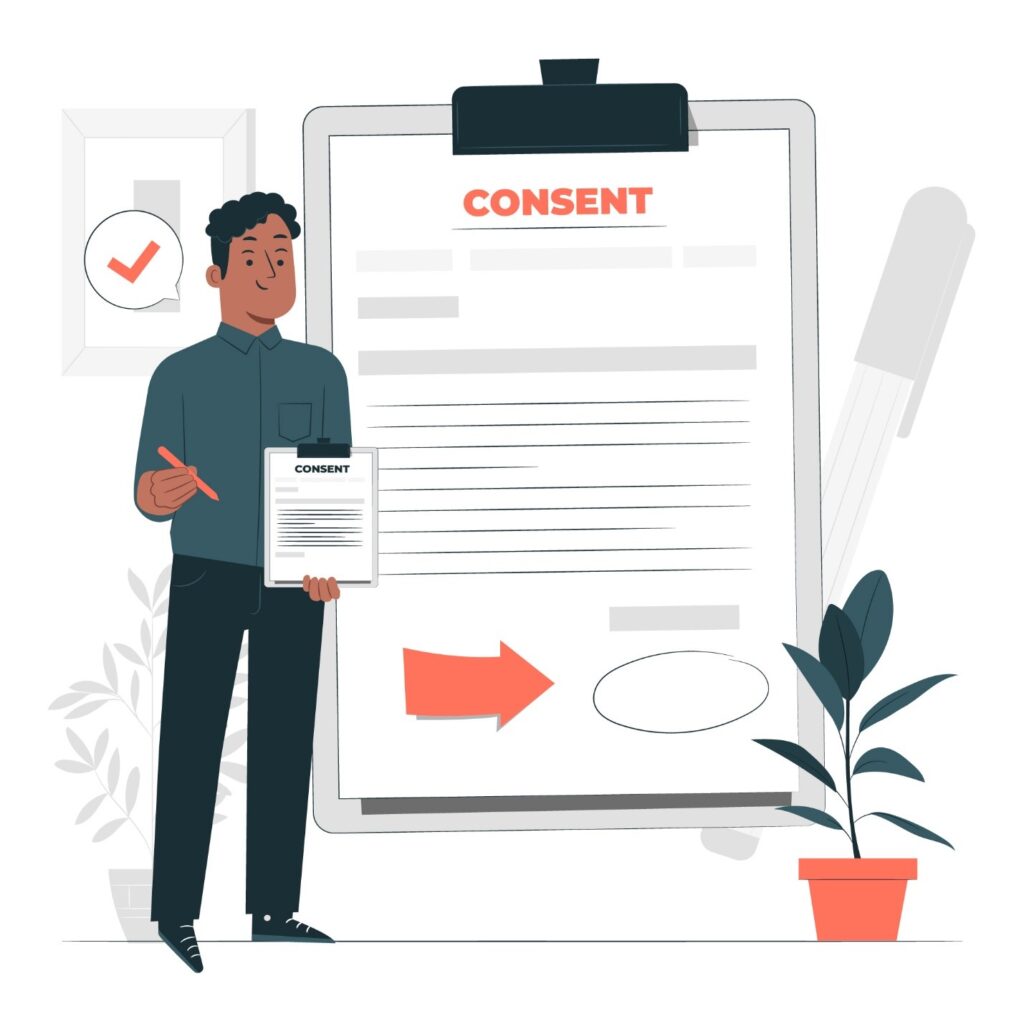Ethical Considerations in Animation



Ethics are an integral part of every industry. Without a set of rules monitoring our actions, the world would become a messy and chaotic place.
And having guidelines that monitor our behavior has never been more important, considering we live in the digital era. It’s the age of media consumption habits, with an average person watching hundreds of ads on a daily basis.
Animated videos, particularly, have become a common tool for businesses to engage with their audiences. Although it’s extremely helpful, animation can easily fall victim to discarding ethics.
For instance, promoting your tech company at the cost of degrading another is considered dirty politics. On the other hand, it’s quite simple to convey your business’s key strengths without pulling another organization down.
This is just scratching the surface; while creating an animated video, there are many approaches that are no-go zones.
Let us examine them in detail.
1. Deceptive Content
What exactly makes content deceptive?
Well, anything that isn’t true, and you’re saying it just because you know viewers will gobble it up, is deceptive content.
Some examples of deceptive content include misleading information, inaccurate details, or false claims.
You should ensure that your videos are transparent and factual, as this will earn viewers’ approval too.
There have been many brands that, after making false claims in their videos, were instructed to pull those ads. In addition, some had to settle after paying huge fines.
2. Irresponsible Ad Running
As a business owner, a major portion of your earnings might come from pay-per-click (PPC) ads. But if those ads – in this case, animated videos – are placed on shady websites, it could yield two disastrous results:
a) Hackers can steal visitors’ personal information.
b) Cybercriminals may access your company’s crucial data, or worse, they may sell it to your competitors.
Therefore, it’s of paramount importance that your digital ad campaigns appear on safe and secure websites.
3. Cultural Appropriation

We all grew up with problematic tropes in animated TV shows, not knowing the implications. For example, in one of The Smurfs’ episodes, a Smurf turns black after being bitten by a fly, prompting the others to run away from him.
Similarly, in Mr. Magoo, the titular character had a Chinese houseboy named Chollie, who had huge buck teeth and spoke in broken English, a stereotype of an Asian person.
So, when creating an animated video, it’s imperative you stay far away from this harmful representation of characters, no matter how much they’re enjoyed.
4. Copyrighted Material
Nothing angers you more than seeing someone else claim your hard work as their own. It’s not only against ethics, but it also becomes a source of frustration for business owners.
Since you wouldn’t want this to happen to you, it’s only fair that you do nothing of the sort. That said, there are better ways to use someone’s content in your video without violating copyright and intellectual property law, like asking for permission.
5. Non-Family-Friendly Content
If you want to run your animated video on multiple platforms, you should use a suitable rating system or an appropriate content warning to avoid complaints, lawsuits, or bans.
Eliminate any elements that are not family-friendly in your video, such as violence, nudity, profanity, or drugs. And if you want to use non-family-friendly content, add a viewer’s discretion.
6. Environmental Consciousness
Ethical considerations in animation go beyond what’s being presented in the video. How it’s presented also matters. By that, we mean minimizing your carbon footprint.
You must adapt eco-friendly methodologies during the animated project. For instance, use digital tools instead of using paper. Similarly, it would be best if your team worked remotely instead of having everyone come to the office.
7. Fair Wages
Like the previous point, this point also goes beyond individual studio practices. It involves advocacy and education within the industry.
Behind each animated video, there’s a bunch of hardworking people who breathe life into ideas. If the compensation isn’t fair or the working conditions are toxic and overall unsafe, it’s highly unethical for your staff.
In addition, your employees have the right to be thoroughly trained so they can keep up with technological advancements.
8. Accurate Depiction
The commitment to accurate depiction in the realm of animation holds significant importance. As a storyteller, the onus is on you to ensure your medium precisely reflects the facts, staying away from inaccuracies.
While distorting the tale of what happened could give your video a boost, you should consider the implications. It could be termed as profiting off of someone’s tragedy.
That’s a surefire way to lose viewers, considering companies that exploit catastrophes are met with a hostile response.
9. Informed Consent

Expanding more on the previous point, if you are animating a true story, make sure you have the consent of the people involved in it. When you’re communicating with them, make sure you narrate exactly how much of their story you will show.
In addition, it would be best to change the name of the people for privacy purposes. The final result should align with their wishes.
While making an animated video, you must consider its impact on people, societies, and cultures. Paying no heed to the nitty gritty of animation would harm your brand. Moreover, it’s crucial because:
• Reflecting authentic flavors of every culture cultivates a sense of representation for the viewers, no matter where they are.
• Avoiding perpetuating stereotypes establishes credibility, guaranteeing your brand can be trusted wholeheartedly.
• Focusing on workers’ wages and benefits prevents exploitation of your employees, ensuring the staff never feels burned out.
• Adhering to ethical considerations helps you steer clear of government regulations governing content creation.
• Addressing social issues in your animated video contributes to a more compassionate society.
Animated videos are a powerful tool to get your message across. But do not confuse your freedom of speech with a right to discard the ethical guidelines monitoring the digital media landscape.
At AnimationProLabs, we follow tried-and-true ethical rules that shape our behavior, whether dealing with internal or external matters. And we hope everyone else does, too.